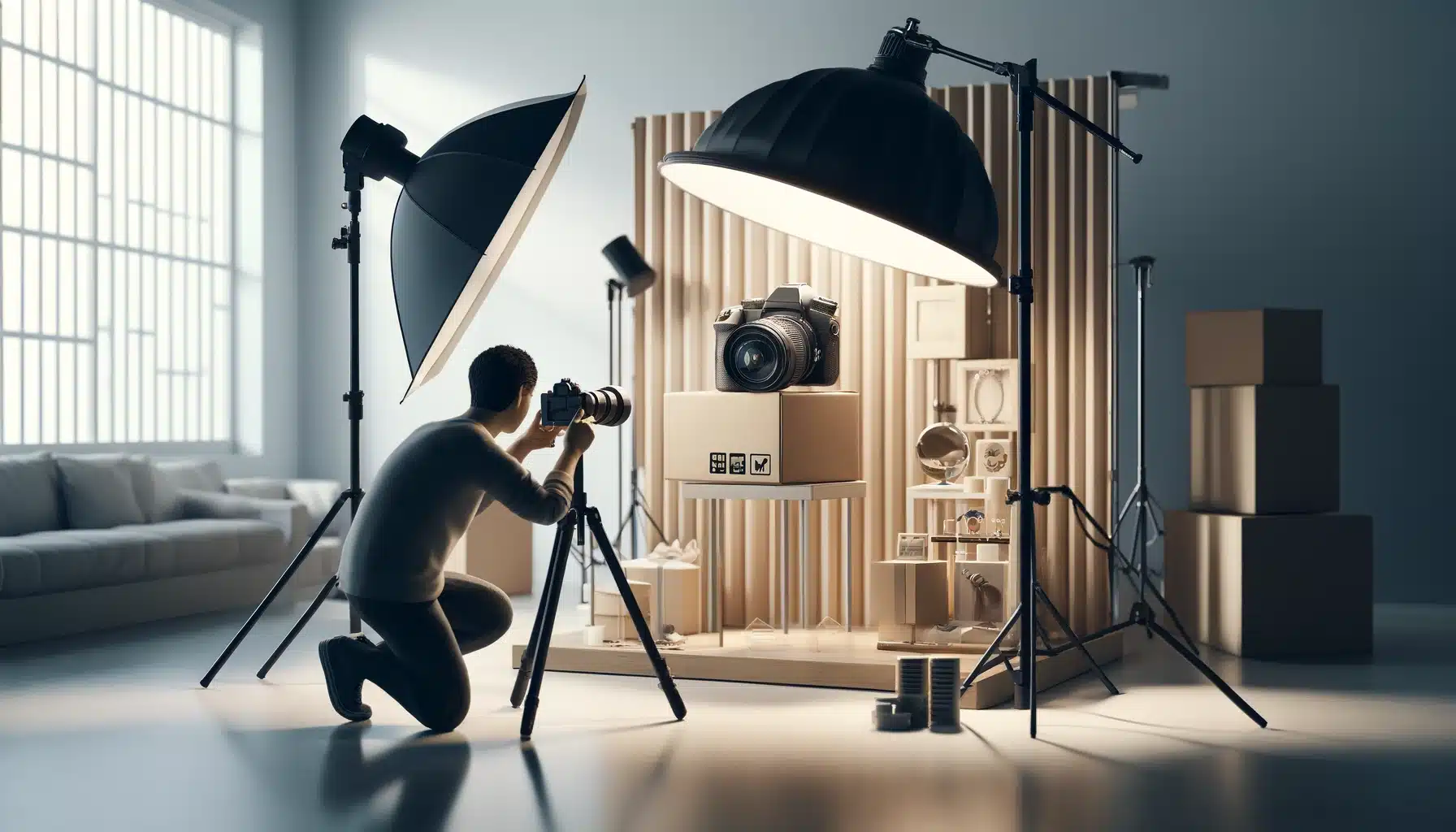Shop At Haya: Your Ultimate Shopping Guide
Discover the best shopping tips, trends, and deals for a smarter buying experience.
Snap It Like a Pro: Transforming Ordinary Products into Eye-Catching Visuals
Discover the secrets to transforming everyday items into stunning visuals that captivate and inspire. Snap it like a pro today!
5 Essential Tips for Capturing Stunning Product Photography
Capturing stunning product photography is essential for showcasing your products in the best light, quite literally. Here are 5 essential tips to help you elevate your photography game:
- Lighting: Utilize natural light whenever possible. Soft, diffused light creates an appealing look, reducing harsh shadows and highlights.
- Background: Choose a clean, uncluttered background to draw attention to your product. A simple white or neutral backdrop often works best.
Continuing with our 5 essential tips, consider the following:
- Angles: Experiment with various angles to find the most flattering perspective for your product. Sometimes, a lower angle can make your product appear more formidable.
- Detail Shots: Capture close-ups to highlight intricate details. This is especially important for products with unique textures or features.
- Post-Editing: Don’t underestimate the power of post-processing. Use editing software to enhance colors, brightness, and contrast, ensuring your product looks as appealing as possible.

The Art of Styling: How to Make Ordinary Products Stand Out
In today's competitive market, the art of styling has become essential for brands looking to elevate their product presentation. Styling transforms ordinary products into visual masterpieces that capture attention and invoke emotion. One effective method is utilizing color psychology; by understanding how different colors affect consumer perceptions, you can select palettes that enhance your product's appeal. Additionally, consider implementing unique packaging designs or using props that resonate with your target audience. These elements work together to create a cohesive and memorable brand image.
Moreover, mastering the art of styling involves storytelling. Every product has a narrative waiting to be told, and your visuals should reflect that. Use high-quality images that showcase the product in real-life situations, offering potential customers a glimpse of how they might use it. Pairing your images with engaging captions or quotes can further enhance the consumer's connection to the product. Remember, the goal is to make the ordinary extraordinary; with creative styling, you can elevate even the simplest items to standout pieces in your collection.
What Camera Settings Should You Use for Eye-Catching Visuals?
Capturing eye-catching visuals requires a solid understanding of your camera settings. One of the most crucial elements is the aperture, which controls the depth of field in your photos. A lower f-stop number, such as f/1.8 or f/2.8, creates a shallow depth of field, allowing your subject to stand out against a softly blurred background. This technique is especially effective for portraits. Conversely, if you're shooting landscapes, consider using a higher f-stop (f/8 or f/11) to keep more of the scene in focus. Another important setting is shutter speed; a faster shutter speed, like 1/500 seconds, freezes action, while a slower speed can create motion blur, enhancing dynamic shots.
The ISO setting also plays a pivotal role in achieving stunning images. Keeping your ISO low (around 100-200) ensures minimal noise in well-lit conditions. However, in low-light situations, increasing your ISO (up to 1600 or even 3200) can help, although it may introduce some graininess. Additionally, utilize the camera’s white balance settings to accurately capture colors in different lighting conditions – experimenting with these presets can dramatically alter the mood of your images. Lastly, don't underestimate the impact of composition; applying the rule of thirds and ensuring your subject is framed correctly can elevate your visuals to the next level.